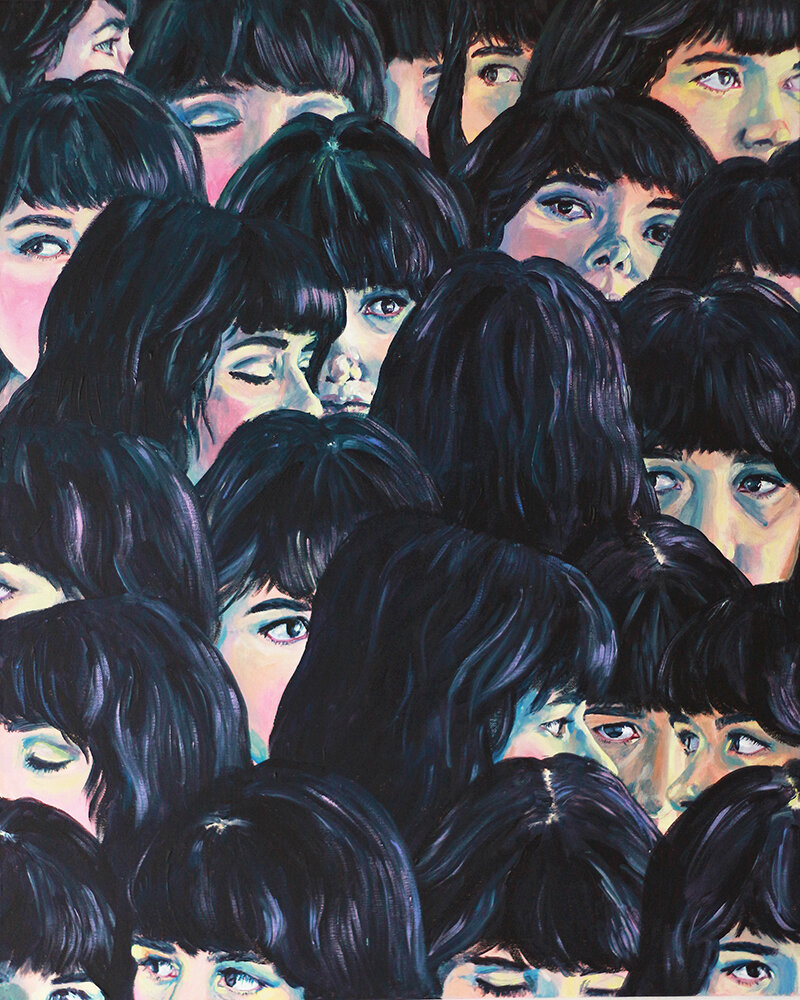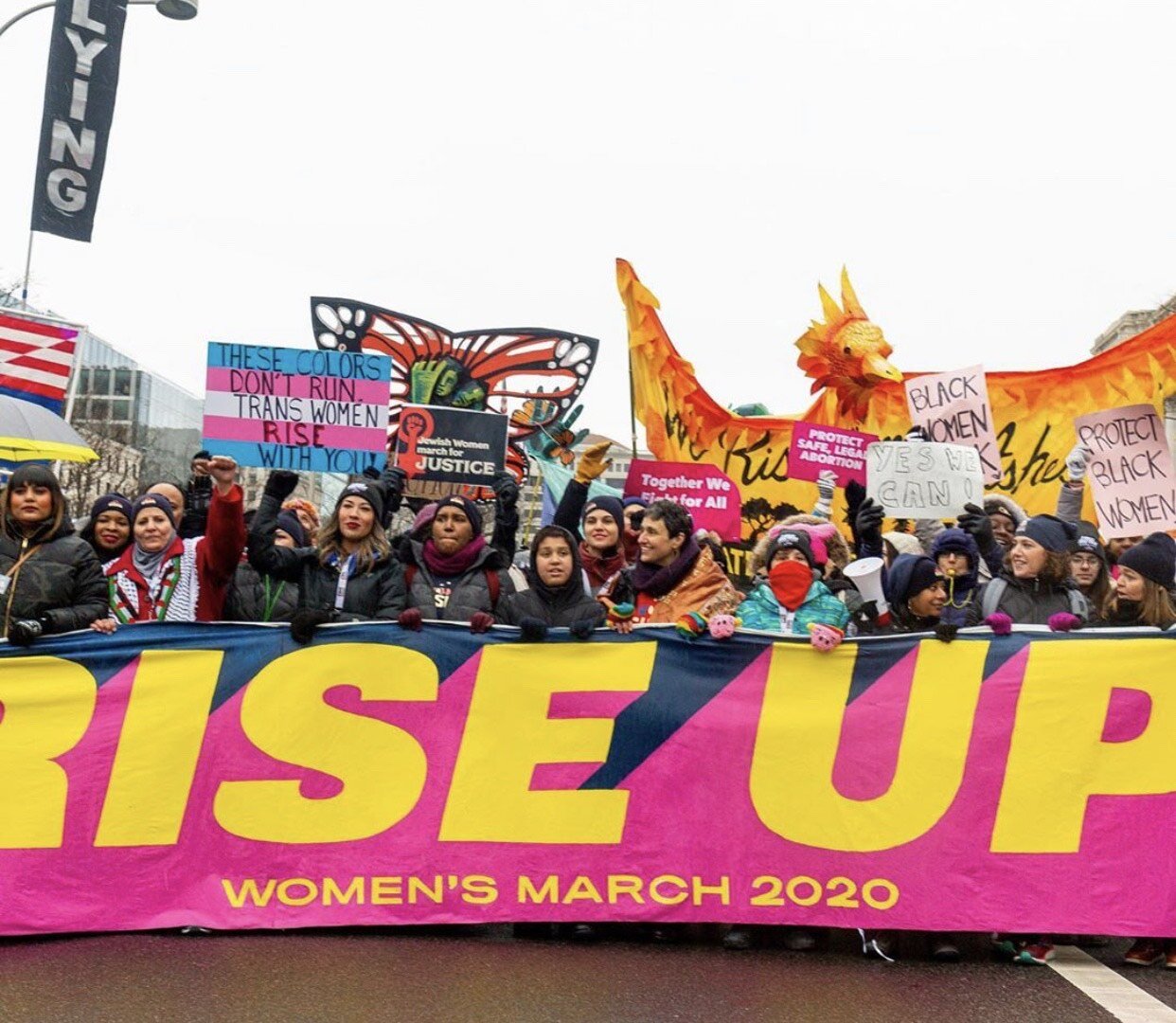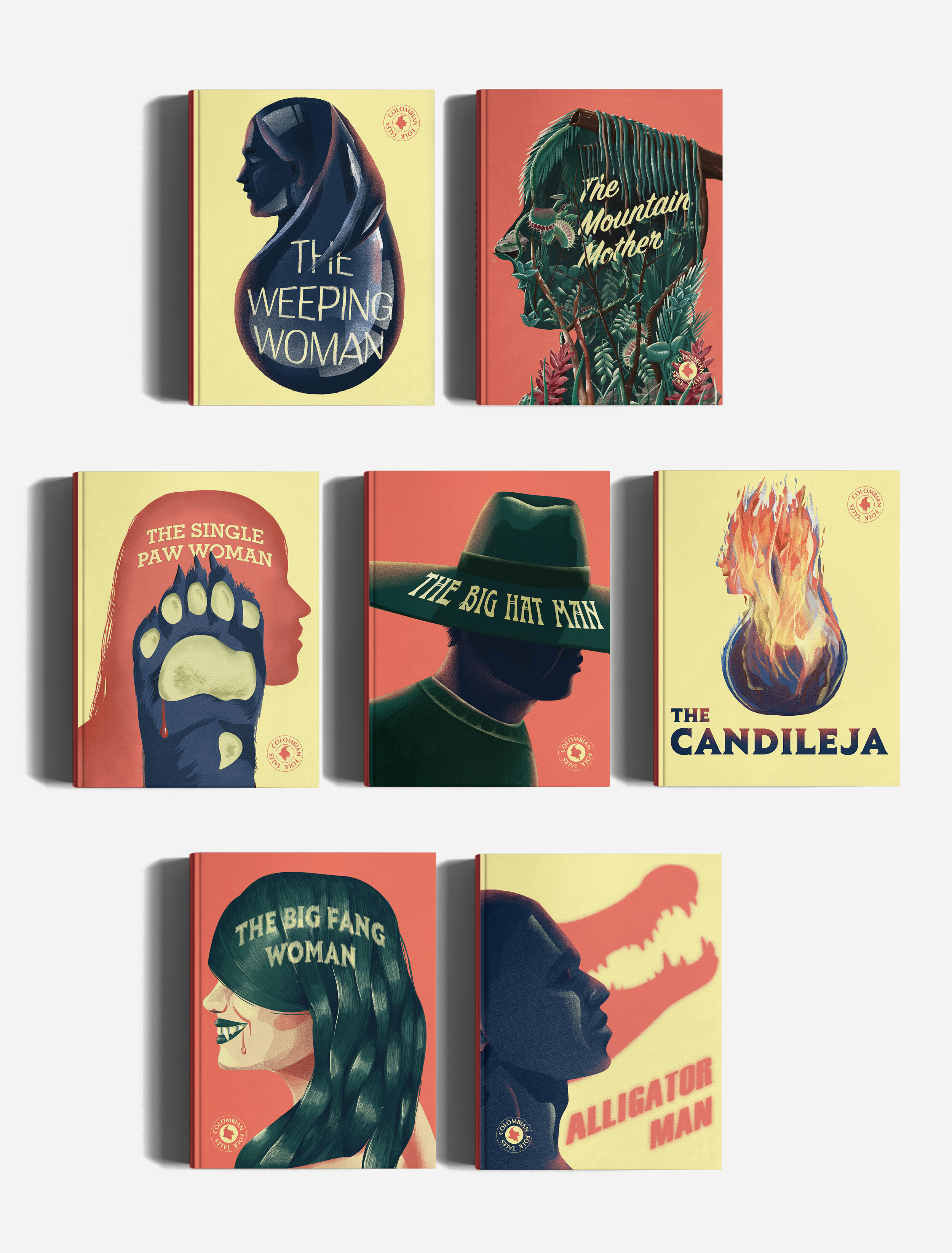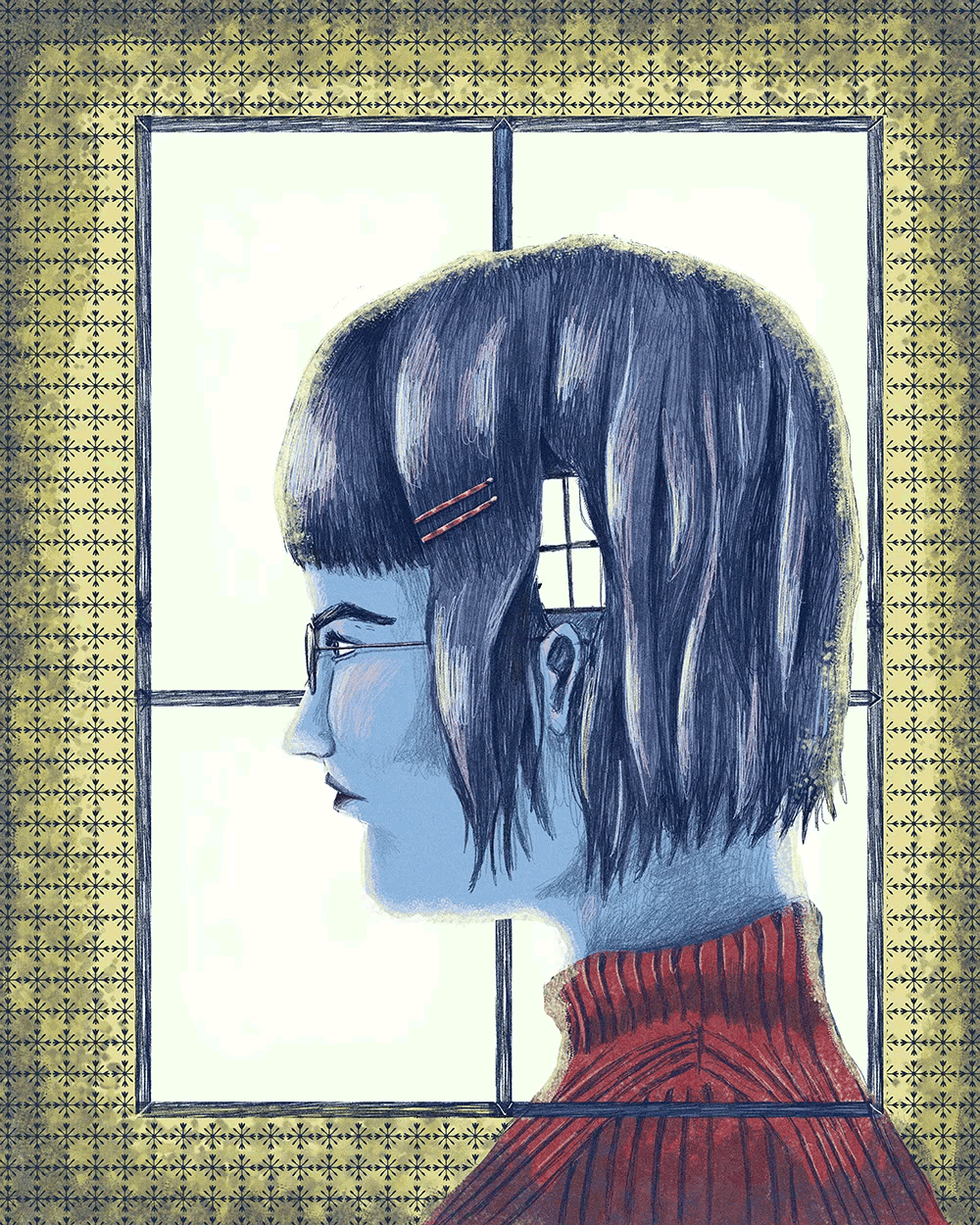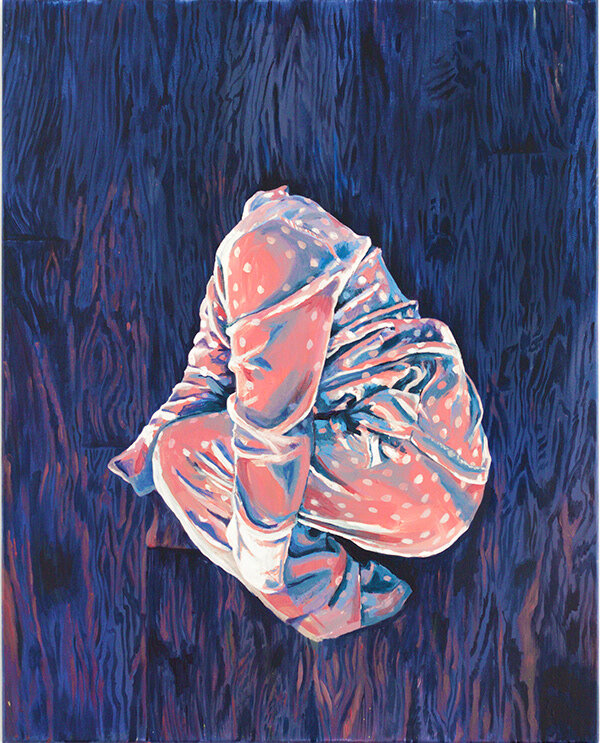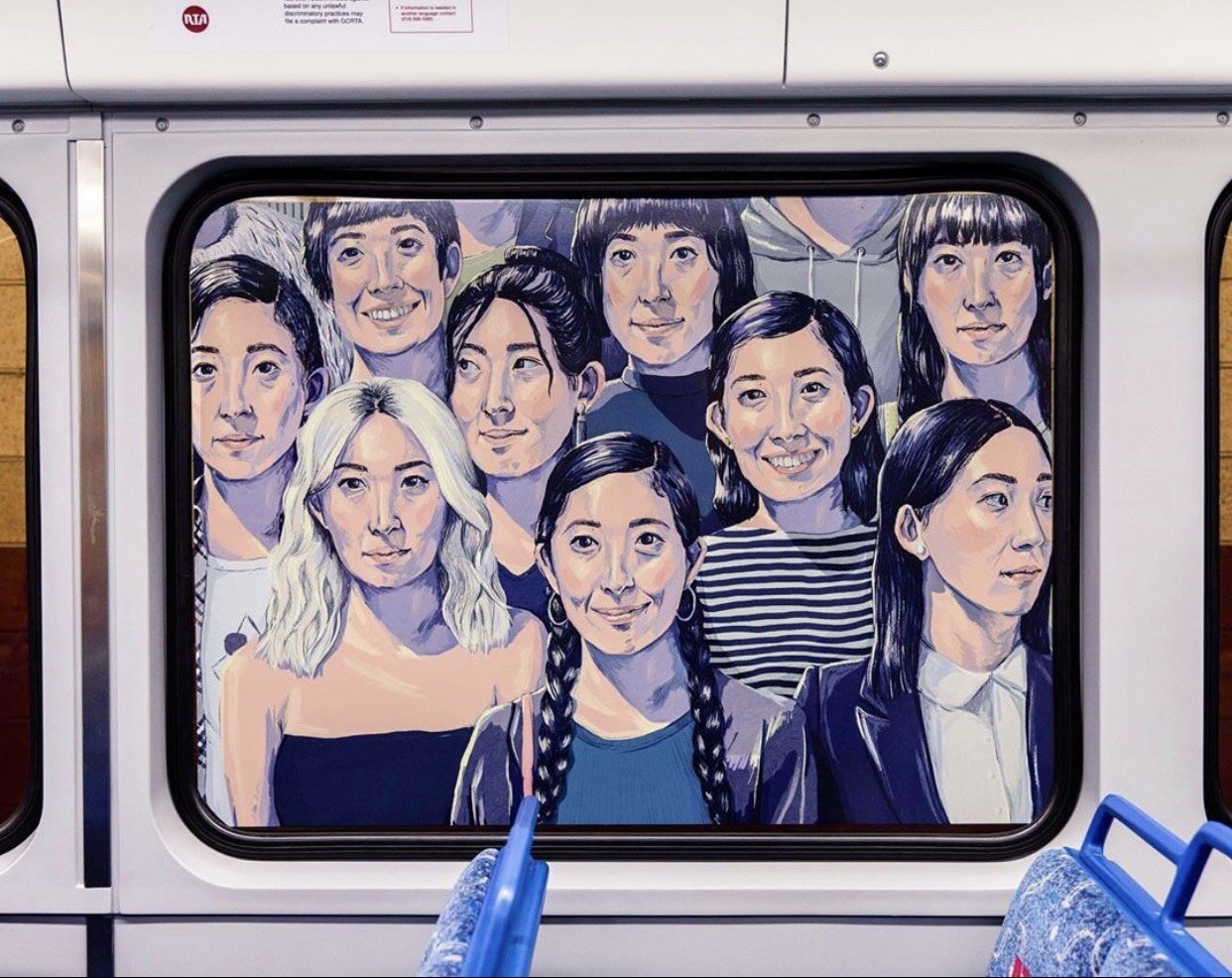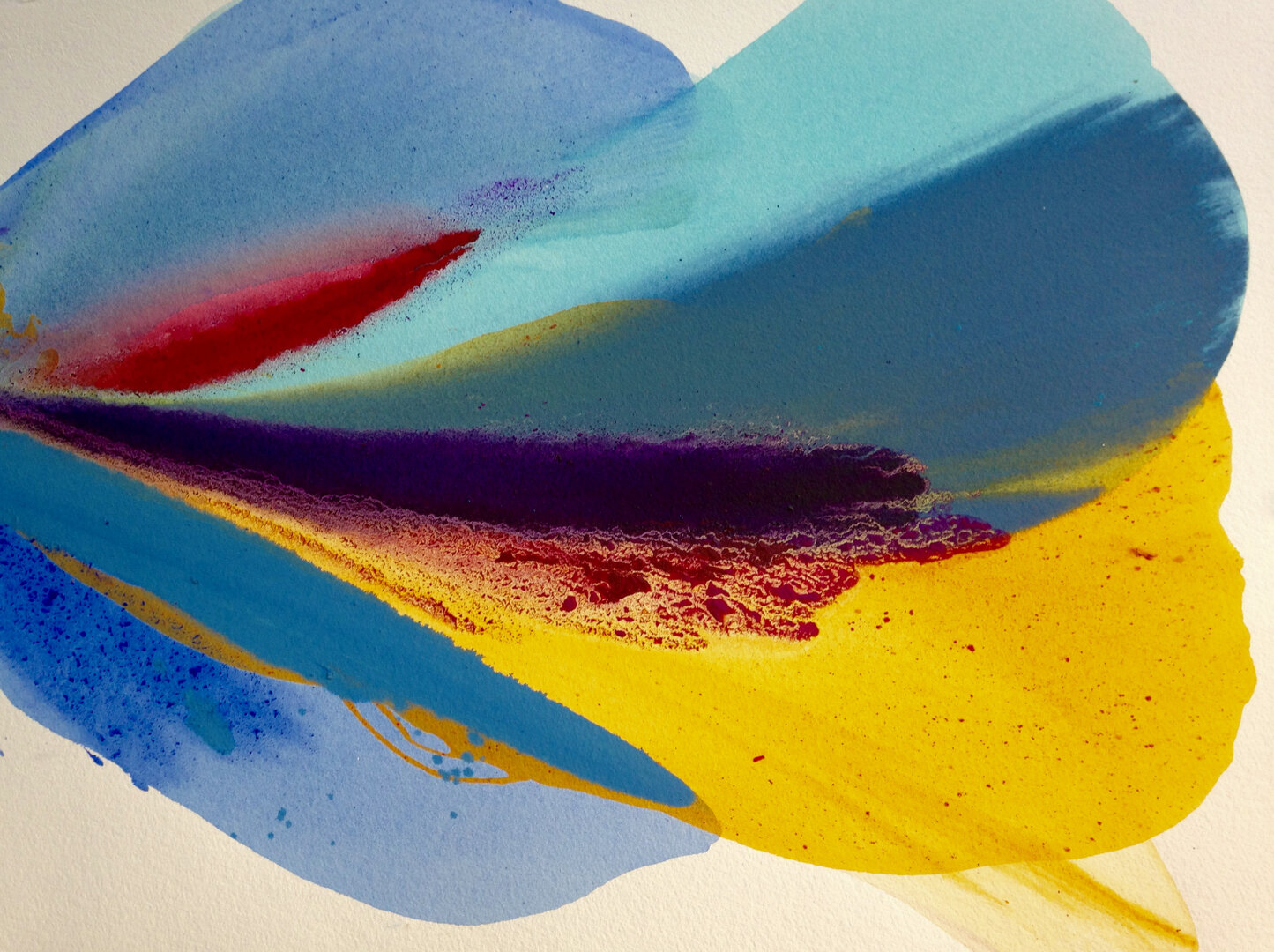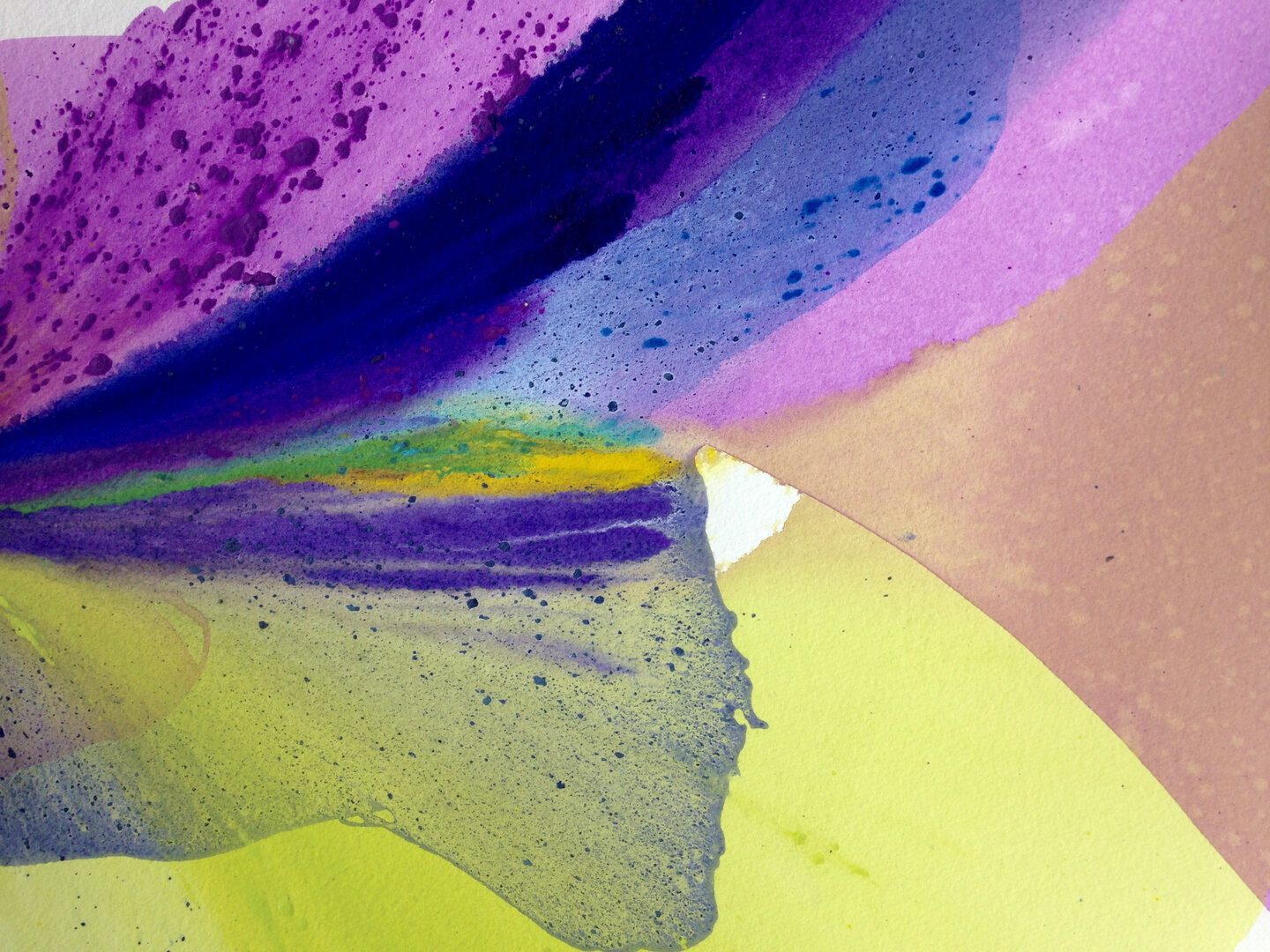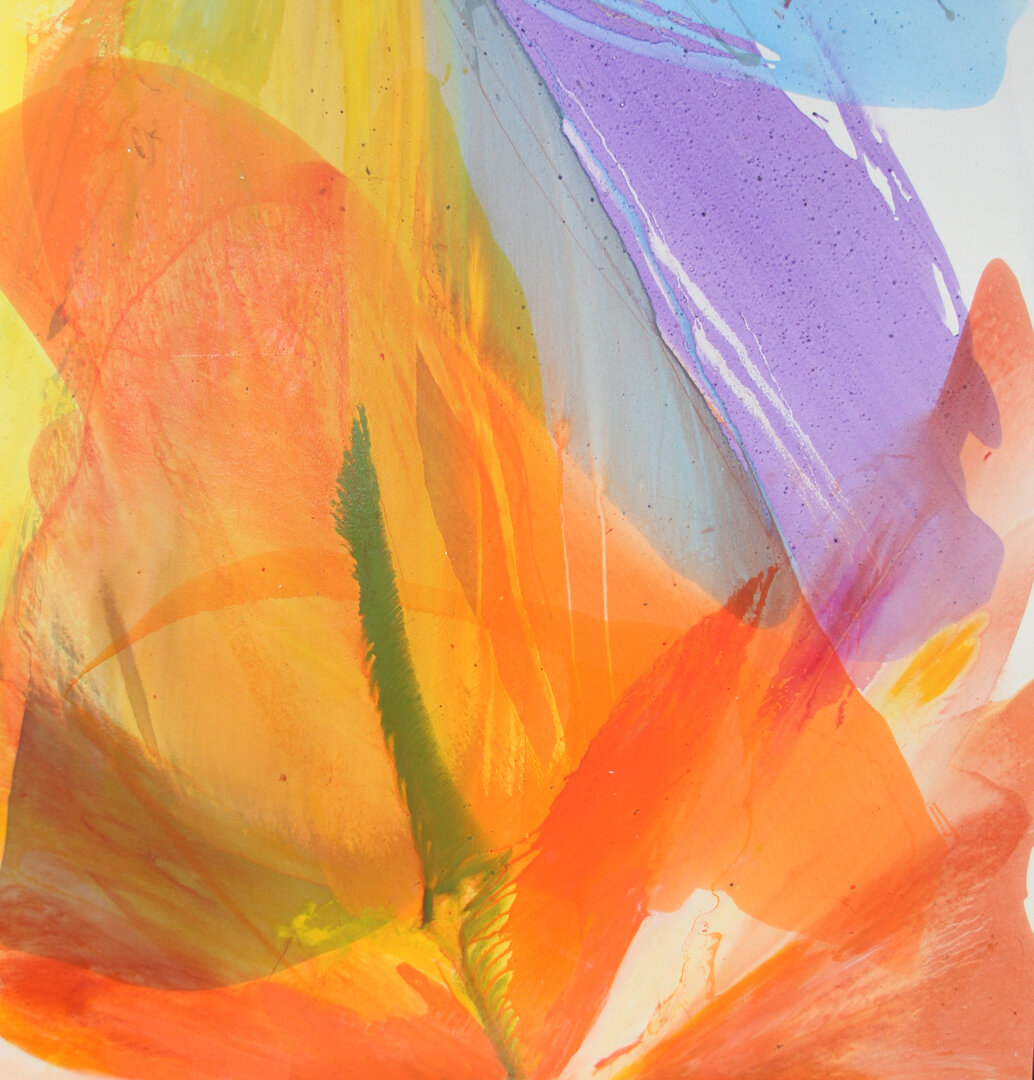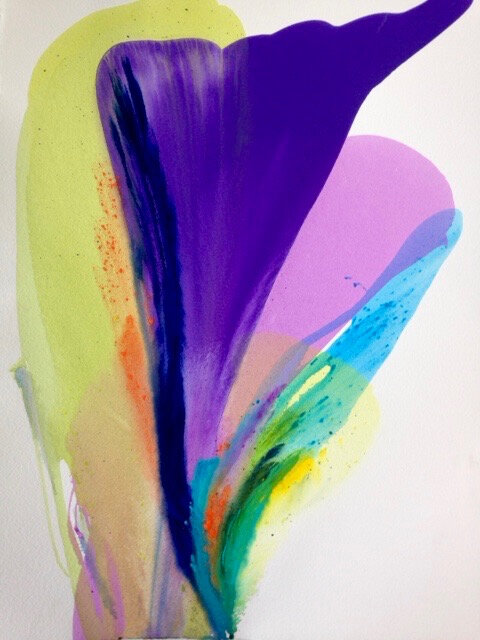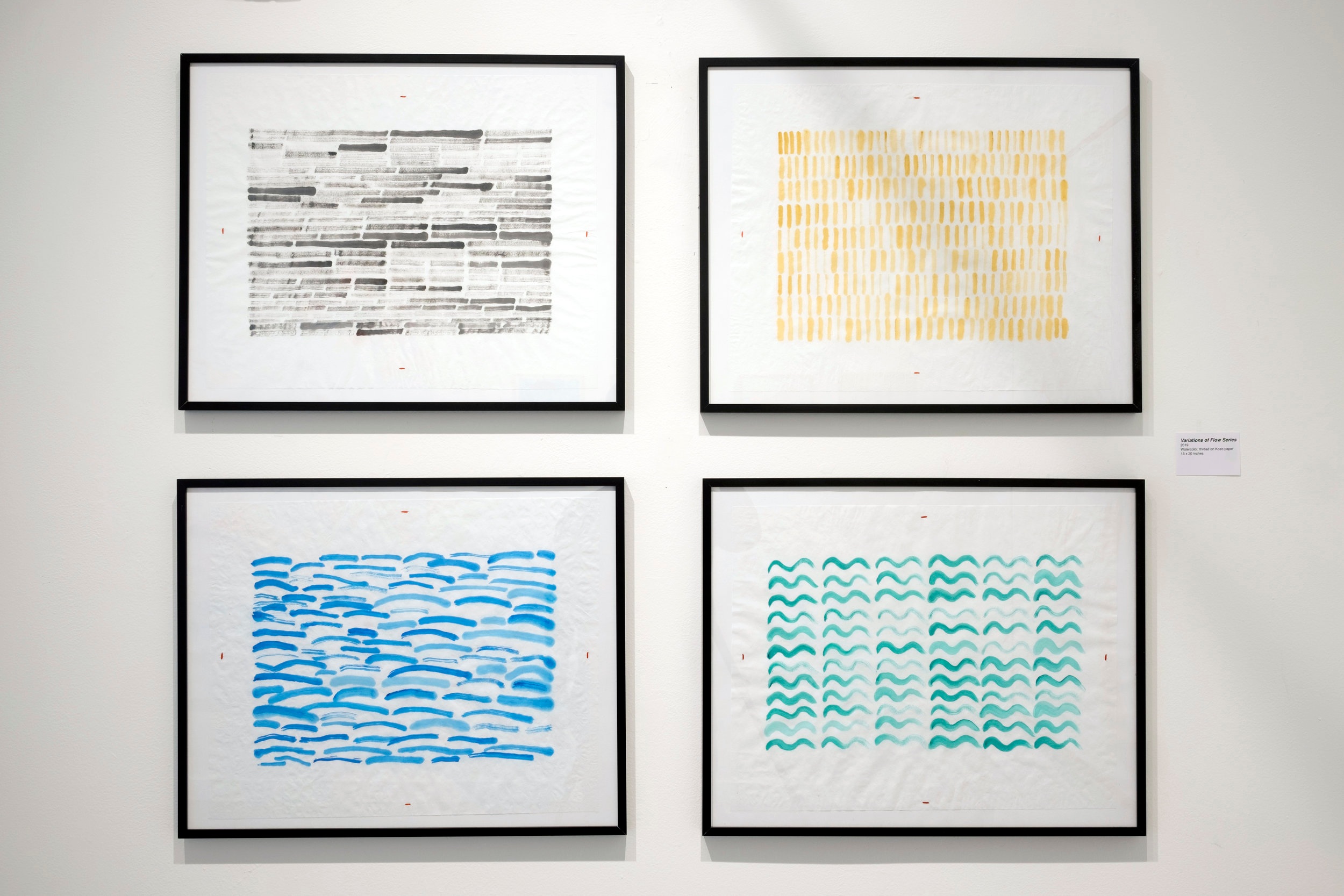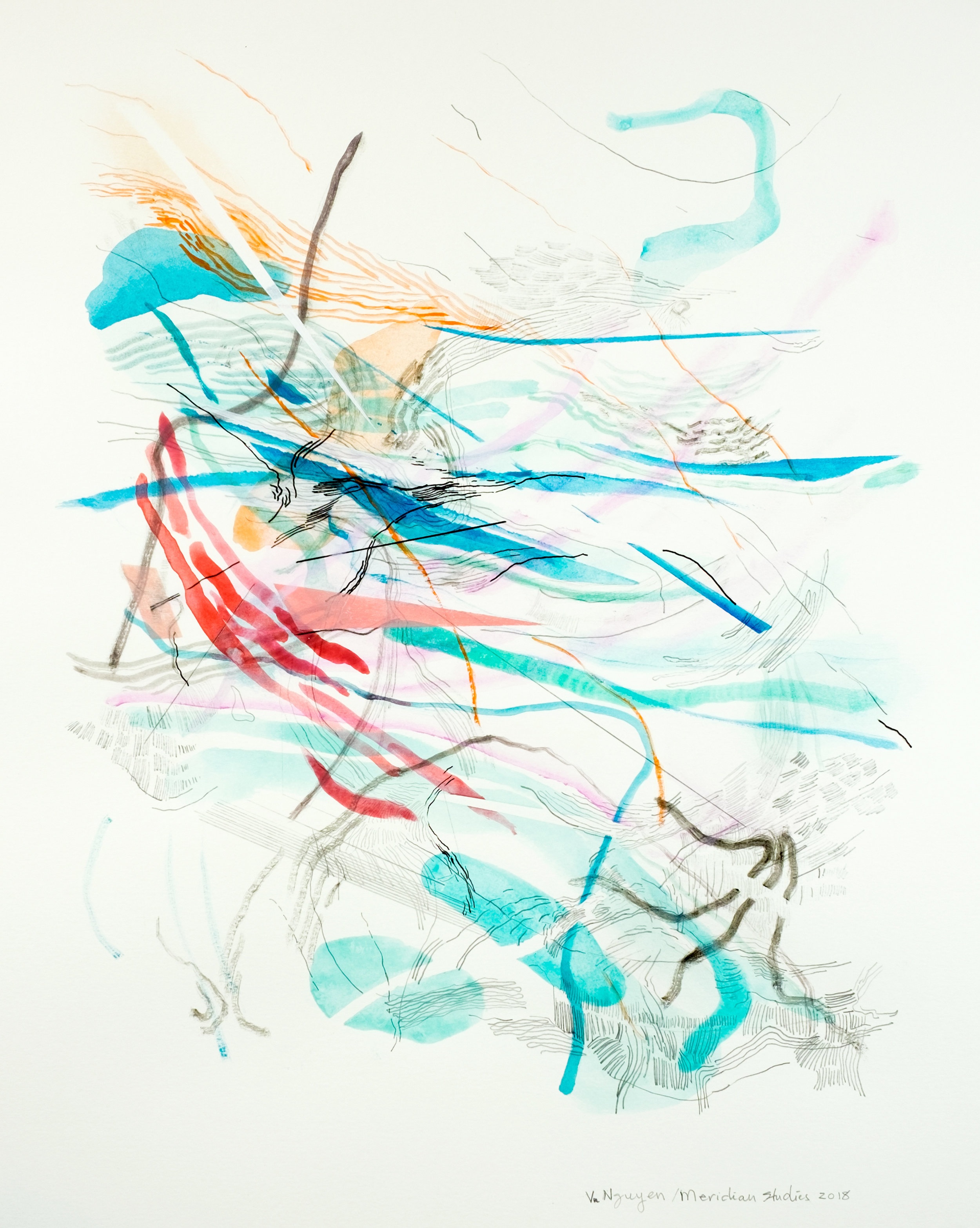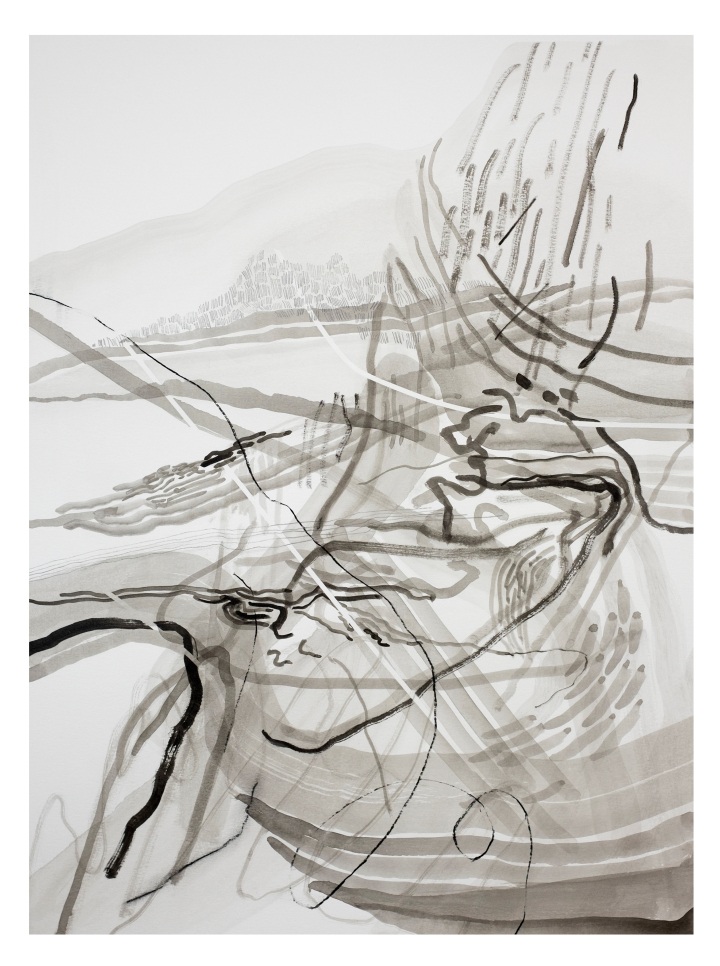Facing your inner self can be one of the most intimidating experiences that come with growing up. But artist Katty Huertas invites her viewers to take a seat and get comfortable with that concept, whether they’re ready or not. The Colombian-born artist and Maryland Institute College of Art MFA student is not afraid of the skeletons in her closet, or yours for that matter. One could describe her style as introspective, but it’s deeper than that.
Her artwork gives us a broad perspective of identity for ourselves and our surroundings. Especially because it causes a reaction that helps us get in touch with what some call “our shadow side,” or what most people don’t want to face out of fear for what may lie beneath our actions and thoughts. She explains, “I’ve become more comfortable with exploring different mediums and technologies. Before, I tried to stick closely to my “style” but I’ve been letting myself try new things as this is one of the only ways to grow as an artist.”
Huertas’ talent is broad, as she successfully creates illustrations, graphics, and paintings, and most recently she painted banners for the 2020 Women’s March in Washington D.C. Her works are like looking into a mirror and seeing part of your soul. They pull you to enter through a tunnel that leads to a process of self progression towards acceptance of what is being represented.
This process may start with questioning of a feeling or thought, then leading to a level of awareness about what is occurring within ourselves and why. Finally, we arrive at a conclusion or acceptance of certain things we have to come to terms with about ourselves, in a way that translates to our personal experiences.
There is another strong theme of the self vs. society in Huertas’ art, as she poses the question of not only what is going on within, but also without. In other words, there is an upfront inquiry about what is external to ourselves to get a 360 perspective on our relationship with society. We can see this in her themes of gender equality, immigrant empowerment, and animal rights.
These works pose the questions of what roles we play in society, how we connect to the world, and lead us to the bigger question of what we’re going to do about it. “I want people to realize that art is powerful. Art is more than mere decoration, it delivers messages and can inspire change. Through my work, I also want to highlight stories that have otherwise been pushed to the edges,” says Huertas.
It is through her soft use of color, details, contrast, and contour that we’re able to connect with the message behind the work itself. The aesthetic softness builds a bridge between these deeper truths and how we’re able to visualize each work’s message through an honest and approachable manner. Huertas’s paintings portray a deeper sense of identity, yet the beauty of her work allow us to digest the message in stride. The colors heighten a moody response as they pull you in.
If you look deeper you can feel the sensitivity or vibe that is presented as a whole. Take her SELF-ISH series as an example, where you can absorb the character’s feelings. A sense of confusion from the woman with the “moving” face or that shyness behind the skeleton painted face. Ultimately these paintings portray what we don’t always want to show when we face difficulties--those emotions that others don’t get to see. They represent what make us essentially who we are, our vulnerability, our gender, our fears, our deepest hopes, or our sadness.
To learn more about this artist, please visit her site.
Today’s poem resembles the whimsical themes found in Katty’s artwork:
Susie Asado
Sweet sweet sweet sweet sweet tea.
Susie Asado.
Sweet sweet sweet sweet sweet tea.
Susie Asado.
Susie Asado which is a told tray sure.
A lean on the shoe this means slips slips hers.
When the ancient light grey is clean it is yellow, it is a silver seller.
This is a please this is a please there are the saids to jelly. These are the wets these say the sets to leave a crown to Incy.
Incy is short for incubus.
A pot. A pot is a beginning of a rare bit of trees. Trees tremble, the old vats are in bobbles, bobbles which shade and shove and render clean, render clean must.
Drink pups.
Drink pups drink pups lease a sash hold, see it shine and a bobolink has pins. It shows a nail.
What is a nail. A nail is unison.
Sweet sweet sweet sweet sweet tea.
